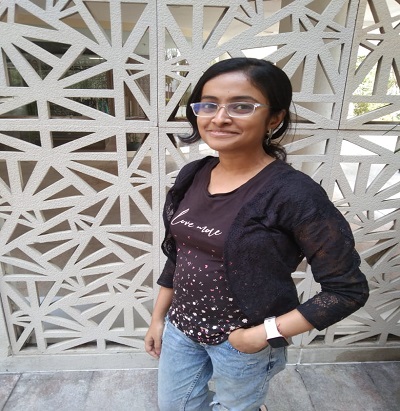Pancreatic Ductal Adenocarcinoma (PDAC) is a highly malignant disease with very poor clinical outcomes which is primarily due to delayed disease detection and lack of specific targeted therapies. About ~90% of “pancreatic cancers” are caused by the subtype PDAC. By understanding the etiology of the PDAC can detect the genetic profiling that controls the PDAC network. The advancement in techniques viz. RNA-seq, Microarray, availability of large data in specific repositories of various diseases lead to a new concept of “Network Medicine”. Therefore, identifying key regulators by systematic Network approach and considering them as drug-targets for computer aided drug design would significantly reduce time and cost associated with drug development. With this motivation, we are interested to identify novel key regulators in Pancreatic Ductal Adenocarcinoma disease DEGs network and analyze their interactions with other genes/transcription factors/miRNAs etc. by incorporating network theory. We will be studying the topological properties of PDAC disease network (gene-gene interaction network) i.e, basic topological properties of how signal propagation is done locally as well as globally throughout the network. The topological properties of the disease network are characterized by degree distribution, clustering coefficient, connectivity and centrality (betweenness, closeness and eigen-vector) measurements. Betweenness centrality measures the extent of participation of a node in the fastest communication among other pairs of nodes in the network and closeness centrality measures how close (through short paths) a node is from the other nodes in a network. Further, the basic formalism of motif organization in complex networks, where system level organization of modules is the crucial working principle of network organization, will provide how disease network systems work at a fundamental level and by finding communities in gene-gene interaction networks. There are a wide variety of community-finding algorithms based on node similarity measures, identification of intermodular edges, optimization methods, and also from statistical inference techniques. The studies on perturbation in the network which affect local stability as well as global stability in the disease network will give deeper insight on how disease networks respond to the perturbations in the network. We are also interested to utilize molecular docking, free energy simulations to design potential inhibitors for PDAC disease.






